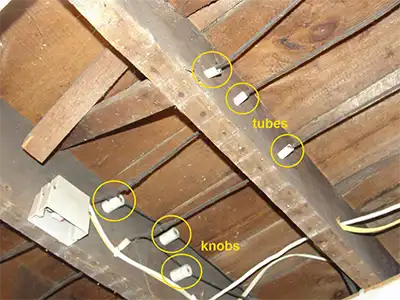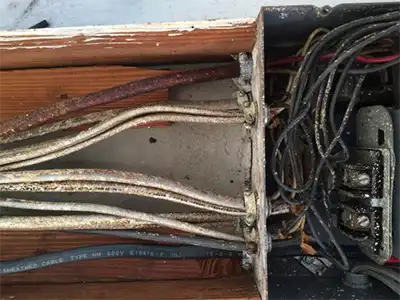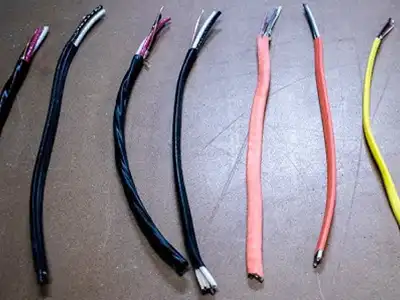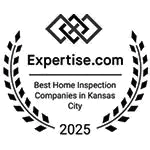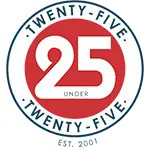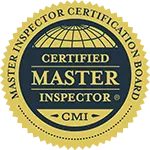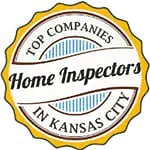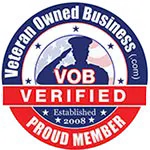Your Old Home’s Electrical Service
Your electrical service and electrical system is one of the 5 major areas in every home. And no matter how big or how old, they are always the same:
1. Foundation
2. Plumbing
3. Roof
4. Electrical
5. HVAC
And because the electrical system is the one most tampered with, it’s also the most dangerous.
Depending on the size and age, most Kansas City homes will either have 60-amp, 100-amp, or 200-amp service.
There are also a few unsafe main electrical panels (fuse boxes and breaker panels) in circulation and a small chance you could end up with aluminum wiring (which isn’t usually as scary as it sounds).
Let’s talk about each one.
By the way, if you don’t agree with something or have a question, go ahead and leave a comment.
60-Amp Electrical Service
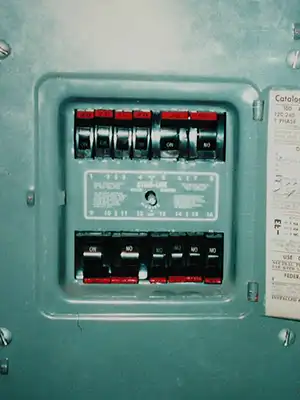
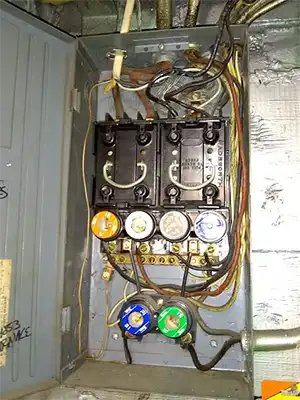
This was the standard electrical service size of homes during the 1950s and 1960s.
It can supply enough power for lights, outlets, range, and dryer in a small home but not enough to include electric heat.
This is too small for the demands of today’s modern home, but plenty of older homes with 60-amp service can still be found around Kansas City.
In fact, today a 60-amp breaker panel is used as a sub-panel to provide power to detached garages, sheds, and other additions to your home.
If you’re looking at a home 60-amp electrical service, it’s important to know that many times insurance companies require an upgrade to at least 100-amps before they will insure the home.
If you purchase the home without informing them and significant damage occurs, you may get dropped by your homeowner’s insurance company and the incident stays on your record for 5 to 7 years.
100-Amp Electrical Service
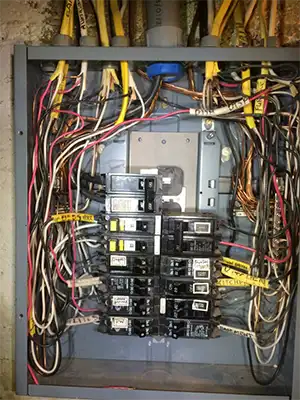
This is generally considered the minimum electrical service size for today’s homes.
It can supply enough power for lights, outlets, range, and dryer in a small home but not enough to include electric heat.
It’s a common misconception that 100-amp electrical service delivers more power than 60-amp electrical service.
Actually, the biggest difference between the service sizes is the number of circuits they make available.
60-amp panels have fewer circuits (4) than 100-amp panels (20) which have even fewer than 200-amp panels (42).
The bigger the home, the greater number of lights, outlets, and electric appliances, so the greater number of circuits needed.
200-Amp Electrical Service
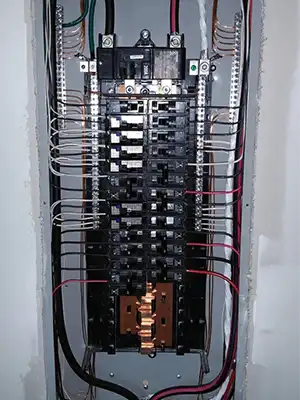
This is the standard electrical service size for today’s new homes.
It became popular in the 1980s and designed to handle multiple large appliances, air conditioning units, and other electrical devices simultaneously and still have room for more circuits in the future.
This service size requires a larger electrical panel and heavier gauge wires. Upgrading an older property to 200-amp electrical service can be complex and expensive.
Recalled And Unsafe Electrical Panels
1. ITE – Pushmatic – Bulldog
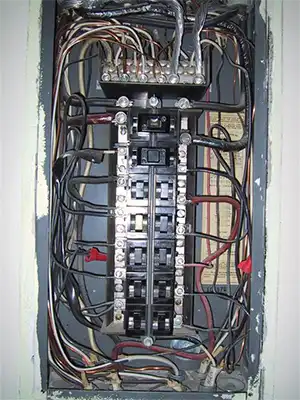
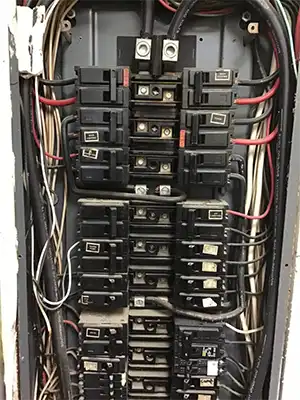
These electrical service panels were popular from 1950-1980 and were never formally recalled, but the problems they’ve developed have been serious enough to give them a reputation of being unsafe.
For example, their Pushmatic push button breakers are known to free instead of tripping. This is an overheating problem and fire hazard.
ITE breakers bolt onto their buss bars. This lets people skip the breakers and screw wires directly to the electrical source without any overcurrent protection. This is also a fire hazard.
Also, there are no main breakers. While a single main breaker and handle are NOT a requirement, this means all breakers must be flipped manually with your hand order. Since these are older circuit breakers, this is a safety issue since one or more might fail.
Finally, replacement breakers are only available in the aftermarket, which makes them harder to find and expensive to replace (about $50-$80 each).
These breakers should be tested monthly.
2. Federal Pacific
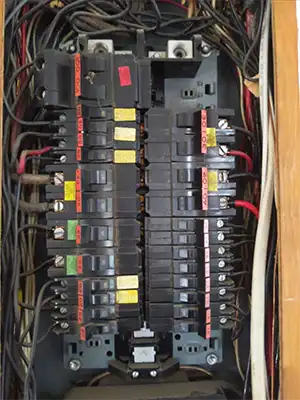
Distinguishable by red tipped breakers that open backwards, this panel was recalled in 2002 following a series of lawsuits that included loose, arcing, and failing breakers.
If you have this panel, be careful to listen for arcing and buzzing before trying to remove the cover.
If you do, go slow since it has a tendency to trip the breakers.
Aftermarket breakers are about $50.
3. Zinsco / Sylvania
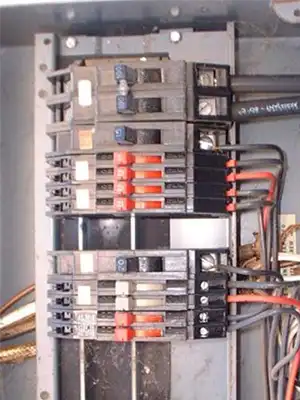
This panel was also recalled in 2002.
These were originally made in Puerto Rico and installed in homes and apartment buildings throughout the United States during the 1960s and 70s.
Major Problems:
1) Circuit breakers freeze (it’s been known to take 60-amps to trip a 15-amp breaker). This is a fire hazard.
2) The buss bars are made of aluminum and easily corrode. This is a fire hazard.
3) The buss bar coating sometimes fails and causes weak circuit breaker connection. This is a fire hazard.
4) Circuit breakers aren’t locked into place. This lets them slide up and down. This is a fire hazard.
Aluminum Branch Wiring
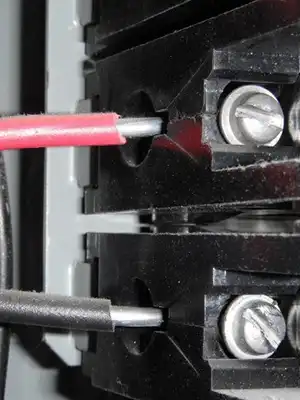
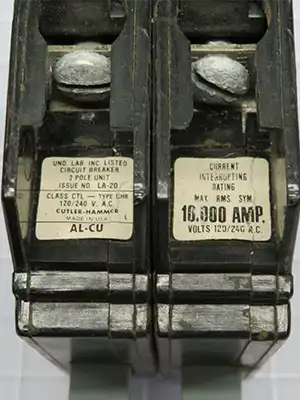
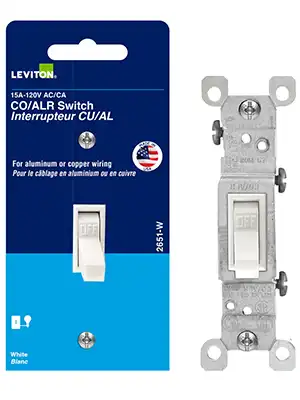
For as long as we’ve had electricity, we’ve had wires. And most of the time it’s been copper.
But when the price of copper spiked in the mid-60s, aluminum started to look like ice cream on a hot day.
But things didn’t look like shade for long. Aluminum acted differently than copper by making switch plates hot to the touch and lights flicker.
They soon realized special parts (labeled AL/CU) were needed to handle these differences. And they worked.
At least until they ditched aluminum and went back to using copper in the mid 1970s.
So if your home has aluminum wiring, don’t worry too much.
As long as it’s got the right switches, sockets, breakers, and connectors your home is safe.
Look for the AL/CU markings on the outlets, switches, and circuit breakers.


